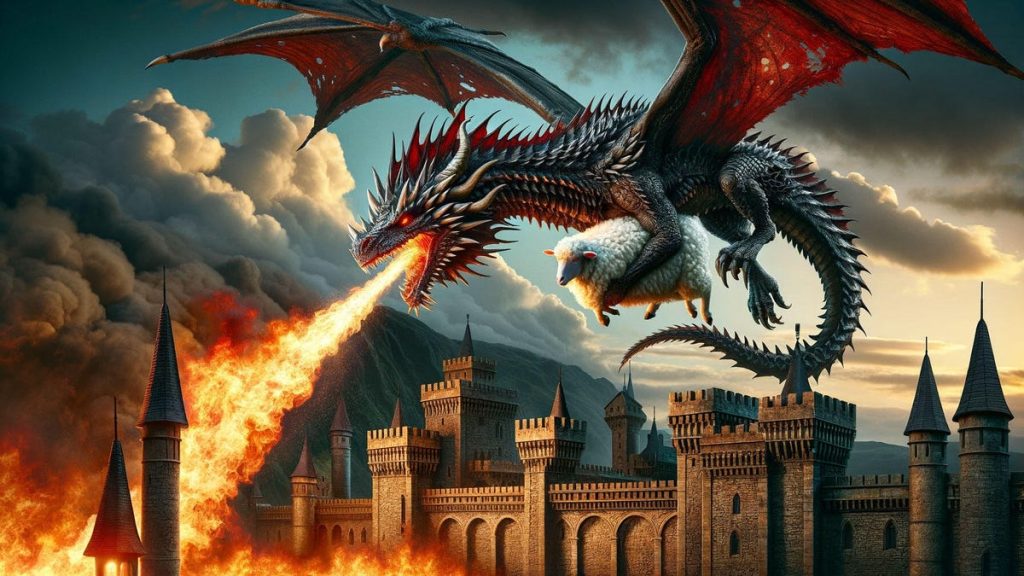Midjourney is a solid AI image generator option, but it falls short of being a top pick due to certain limitations. It is currently only available on Discord and requires a paid subscription. Additionally, the tool inconsistently matches prompts, which can be frustrating for users. While Midjourney does offer nice upscaling and editing tools for individual images, users may find themselves needing to use these tools frequently. It is important to note that all images created through Midjourney will be public and accessible in an online gallery unless users opt for the more expensive Pro or Mega plans, which offer a stealth mode feature.
Google’s ImageFX also did not make it to the top picks list due to persistent inaccuracies and its tendency to reject innocuous prompts, which can be frustrating for users. While all AI generators struggle with creating photorealistic faces and hands, ImageFX also struggles with inanimate objects and logos. This limitation becomes problematic as the editing and fine-tuning tools provided by ImageFX are not sufficient to make the generated images usable. Users may find themselves needing to look elsewhere for a more reliable and versatile AI image generation tool.
Dall-E 3 by OpenAI is considered the best AI image generator by CNET, primarily due to its breadth of editing and customization tools, close adherence to prompts, and level of detail in images. Unlike other AI generators, Dall-E uses a conversational flow and can handle complex prompts well, making it a top choice for users looking for high-quality AI-generated images. For users looking for a free AI image generator, options like Leonardo AI and Canva may be suitable choices. These services offer free AI image generation with quick response speeds and good prompt adherence, making them accessible options for those looking to experiment with AI-generated images.
To create the best AI images, it is important to start with a well-crafted image prompt. Including details such as style, aesthetic, dimensions, and specific elements in your prompt can help the AI generator better understand what you are looking for. While some generators may struggle to adhere to specific prompts, starting with a detailed prompt and adjusting as needed can help users achieve the desired result. If an AI image looks weird or does not meet expectations, users can try adjusting the prompt, using customization settings, and editing tools to eliminate quirks or conflicting elements. In some cases, starting fresh with a new idea may be the best option.
It is recommended that users disclose if an image was entirely created by an AI image generator when sharing it. This transparency helps ensure that viewers are aware of the image’s origins and can appreciate the creative process involved in generating AI images. Overall, users should explore different AI image generators to find the one that best suits their needs and preferences, taking into account factors such as prompt adherence, editing tools, and overall user experience.


